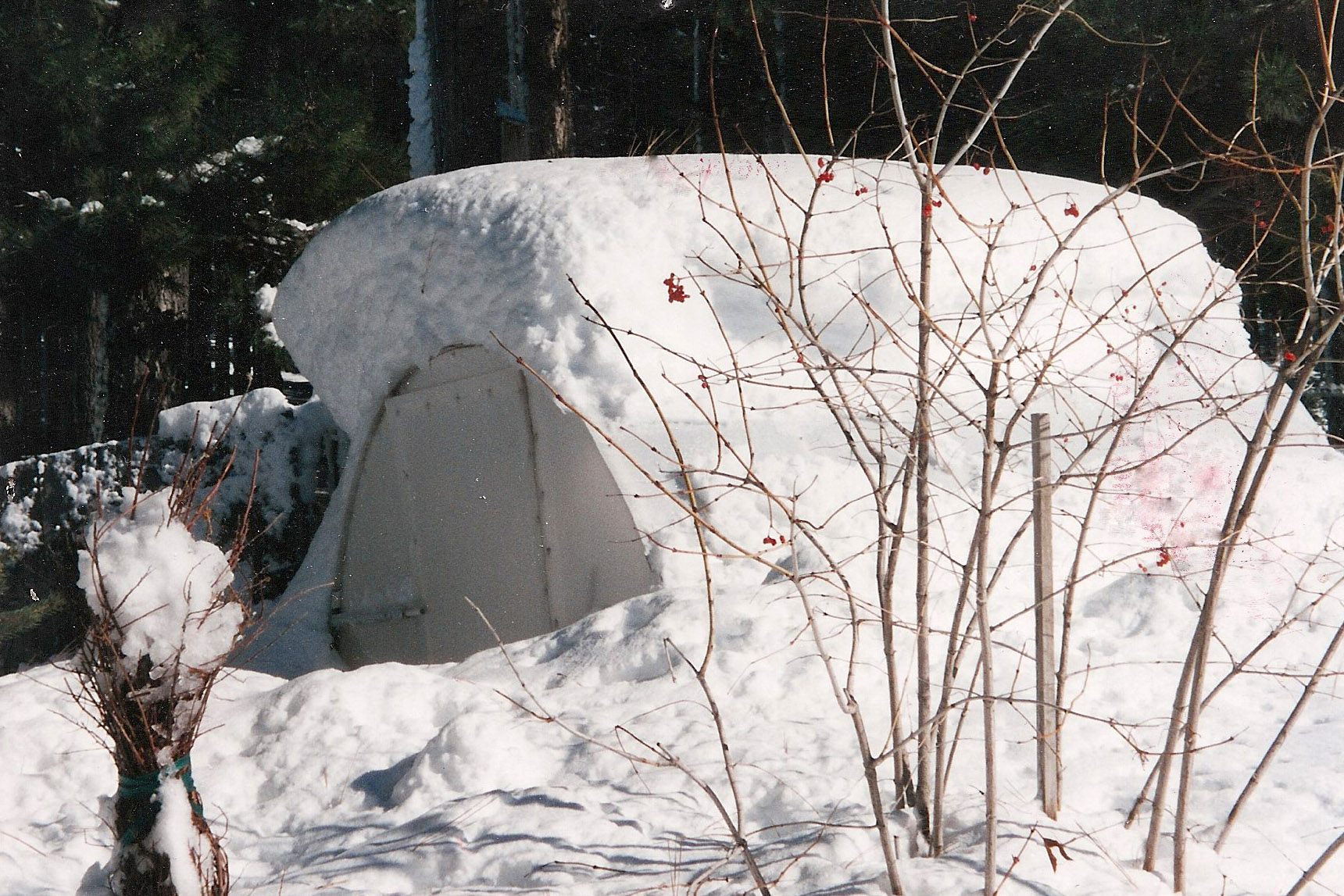Modern greenhouses for your garden come in a variety of shapes and sizes. Some greenhouse types have tall sloping roofs while others have curves which cause snow to slide right off them. Repelling the snow is further assisted by heating your greenhouse and keeping a greenhouse warm has never been easier. Living in a cold climate, you may find that the new plastic-based greenhouse types are much easier to heat than old fashioned glass models.
Plants to try out during the cold weather:
Vegetables: lettuce, kale, broccoli, Brussels sprouts, beets, fava beans, garlic, carrots, cauliflower, cabbage, radish, parsley, spinach
Flowers: Christmas cactus, freesia, impatiens, amaryllis, azalea, pansy, primrose, sweet pea, snapdragon
Tips about Winter Growing:
Seal and Insulate
If you decide to install new heating units or systems in your greenhouses, take these preparatory steps first. This will help ensure that your heat and money aren’t leaving the greenhouse. Here are a some things you can try to help get as much free heat and insulation as possible:
- Make sure both the interior and exterior walls are clean of dirt so maximum sunlight can pass through.
- Caulk and seal leaks, tears, and holes in the structure.
- Consider upgrading your greenhouse material to a better insulator like Solexx.
- Fill buckets or old milk jugs with water and paint them black (or add a dark dye to the water). They will collect heat during the day and slowly release it back into the greenhouse at night.
- Line the base of the greenhouse with hay bales.
- Hang Christmas lights around your plants for extra heat.
- Use a seedling heat mat or two under your more sensitive plants and cover with a tall humidity dome. Or make a mini greenhouse within your greenhouse using Solexx.
Insulating your greenhouse is key to keeping the heat in and the cold and wind out.
On a side note: If you are thinking about buying a greenhouse or recovering an existing greenhouse, our Solexx coverings are superior insulators and minimize heat loss. To see how Solexx compares to other forms of greenhouse covering, check this brief chart.
Choose Suitable Heating
Whether you want to grow exotic non-native plants, maintain a vegetable garden, or plan to grow flowers through the winter, keeping your plants comfortably warm is imperative. Choosing a heating system will depend in part on the size of your greenhouse, the needs of your plants, and your personal budget.
Monitor Temperatures
Temperatures can fluctuate radically from night to noon. Therefore, it’s important to monitor the air your plants breathe. First you’ll need a thermometer to measure indoor and outdoor temperatures. You can keep track of both, as well as greenhouse humidity levels, from the comfort of your home with our wireless forecasting unit.
Keeping humidity levels moderate requires keeping the greenhouse dry. Water carefully, so plant leaves and surfaces stay dry most of the time, and water early in the day so the water evaporates before evening. And of course, desirable humidity levels vary with the temperature.
Infestations
As the weather grows colder, rodents and other pests seek out shelter. These pests will often nest in heating units or chew through delicate wires and insulation. If you find evidence of rodent squatters in your greenhouse, clean out the nesting material and disinfect the area thoroughly. Rodents can carry a multitude of diseases, and proper precautions need to be taken. Any lingering insects in the greenhouse can be treated with a natural insecticide or removed by hand. You can also sterilize your potting soil now. Baking it in an oven at no more than 180 degrees, in a foil-covered pan, for 30 minutes should kill off any harmful bacteria and insect larvae. Provide plenty of ventilation during the process.
Winter Nursery Supplies Checklist:
Winter nursery supplies differ from summer nursery supplies in many ways. Winter sunlight hours are reduced, and temperatures plummet, making sunlight and warmth two of the most difficult variables to control when growing plants during the winter. Winter gardening supplies you may need are:
- Grow lights
- Heating system
- Winter work gloves
- Plastic sheeting for protection against strong winds and cooler temperatures
- Timers for grow lights
- Benches and shelving to keep plants up and away from the frigid ground
- Gentle ventilation to inhibit heat loss but encourage air movement
- Cold frames
- Extra thermometers to spot check temperatures near planting areas
- Irrigation supplies to make up reduced water consumption in cooler temperatures
- Guide books for growing winter plants
Specific gardening supplies vary from gardener to gardener, but this list will provide a framework for creating your own winter nursery supplies checklist.
Back to our home page

